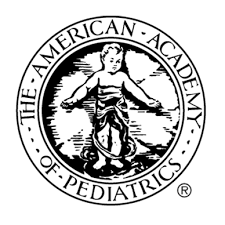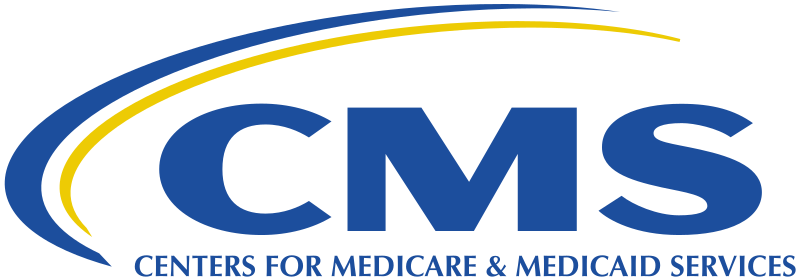Addressing Health Equity for Rural, Tribal, and Geographically Isolated Communities The term “rural, Tribal, and geographically isolated” (RTGI) encompasses a diverse range of communities, including non-micropolitan areas, frontier regions, Tribal lands, islands, and US territories. These areas often face unique … Read More
Interdisciplinary

Screening for Adverse Childhood Experiences: A Critical Appraisal
Adverse childhood experiences (ACEs) are common and can impact health across the life course. Thus, it is essential for professionals in child- and family-serving roles, including pediatric and adult primary care clinicians, to understand the health implications of childhood adversity … Read More

Report to Congress on Children’s Mental Health and Psychosocial Support Programming
This report covers progress and results by USAID and the Department of State from October 1, 2022, to September 30, 2023, and other key achievements to date. Mental Health and Psychosocial Support (MHPSS) activities play a crucial role in achieving … Read More

The State of the Social Service Workforce 2024 Report: The Social Service Workforce and Family Care for Children
In 2015, the Better Care Network (BCN) and the Global Social Service Workforce Alliance (hereinafter referred to as ‘the Alliance’) collaborated on a working paper entitled, The Role of Social Service Workforce Development in Care Reform, which looked at the … Read More

Prenatal Drug Exposure: CAPTA Reporting Requirements for Medical Professionals
Why use this fact sheet? As medical professionals who work with pregnant patients, you face numerous medical, legal, and ethical decision points when treating a patient for substance use during pregnancy, and when providing care to a neonate with drug … Read More

Adoption and Foster Care Analysis and Reporting System
This rule finalizes revisions to the Adoption and Foster Care Analysis and Reporting System (AFCARS) regulations proposed on February 23, 2024. This final rule requires state Title IV-E agencies to collect and report to ACF additional data related to the … Read More

Child Welfare Ideas From the Experts
The Imprint is highlighting each of the policy recommendations made this year by the participants of the Foster Youth Internship Program, a group of eight former foster youth who have completed congressional internships. The annual program is overseen by the … Read More

“Daniel Really Suits You”: Trans Stories are Everyone’s Stories
Trans and non–binary teens face the same rites of passage into adulthood as everyone else does, and live far more relatable lives than anti-LGBTQ+ bullies would have you believe. That’s the key message of “Daniel Really Suits You,” a video … Read More

Why the Holidays Can Be Hard and How to Make Them Better by Jamerika Haynes-Lewis
When I was in foster care, I received an annual letter from a local charity. It asked which gifts I wanted for Christmas. I always asked for barbies, clothes, and a diary. When asked what I wished for the most, … Read More

12 Ideas for Supportive Adults to Help a Young Person in Foster Care Through the Holidays
1. Understand and encourage youth’s own traditions and beliefs 2. Discuss what holidays look like in your home 3. Understand if youth pull away, and prioritize mental health and wellbeing READ MORE

